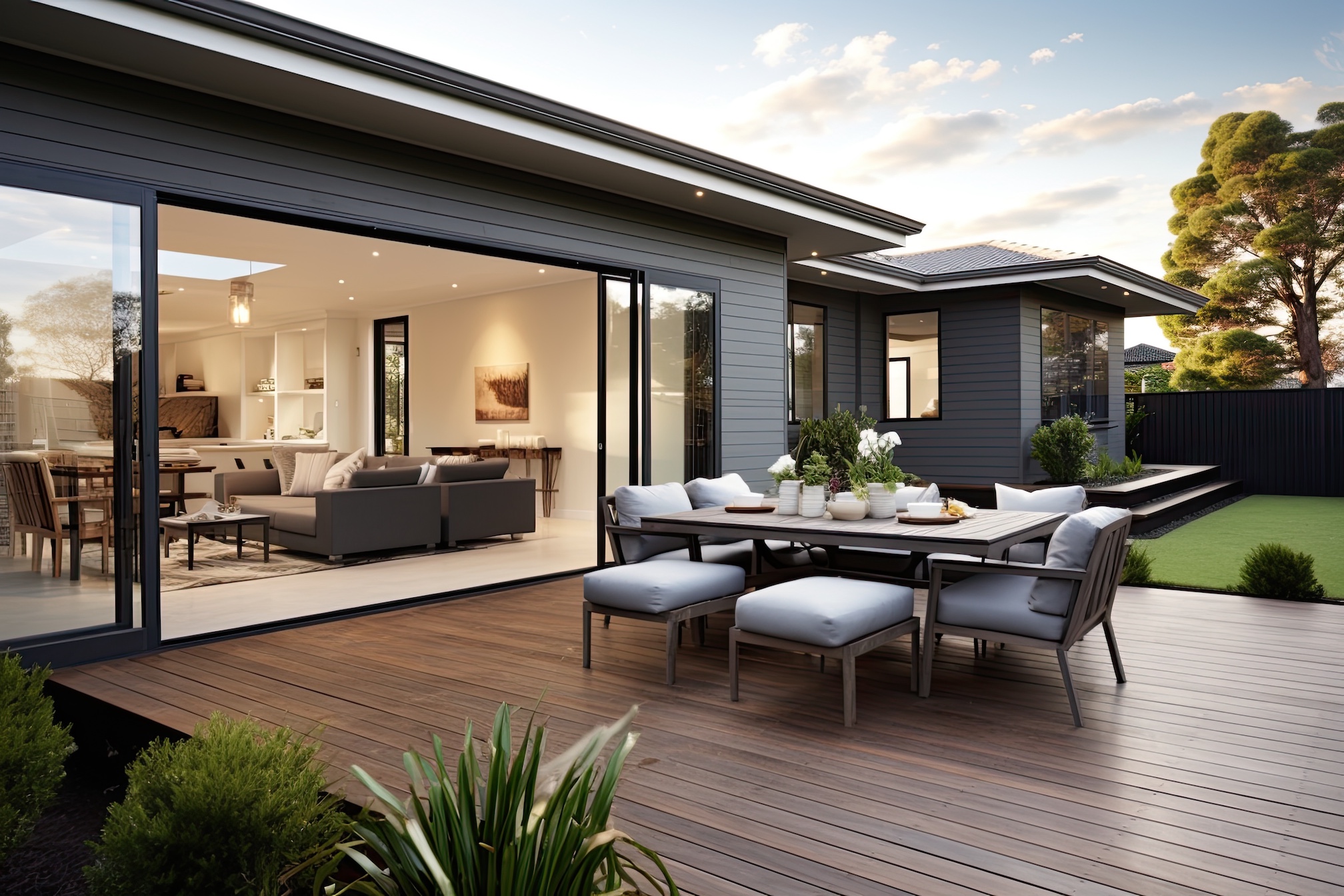“Architecture is a subject which demands to be understood in context: that is, within the context of its production (society, economics, politics, and culture) and the context of its consumption, representation and interpretation” Jane Rendell.
It seems impossible to consider bricks as human formations and applying human characteristics to them seems an even bigger joke. But what people fail to see when they walk down the street is the layering of planning that went into architecture designs. It is a product of our making and so cannot help but be influenced by the issues of our society, and become a reflection of the ideals our society holds.
Many experts and theorists in recent years have become obsessed by the idea of architectures link to gender.
Jane Rendell, author of ‘Gender, Space and Architecture’ in her book discusses the historical bias of buildings and their contribution to feminism within the industry and how perhaps spaces have been built to reflect patriarchal ideas.
Buildings such as The Gherkin and the water tower known as ‘the brick dick’ don aesthetics suggestive of phallic imagery.

image source: http://www.timeshighereducation.co.uk/books/sex-and-buildings-modern-architecture-and-the-sexual-revolution-by-richard-j-williams/2006572.article
The Author Richard J. Williams has published a book entitled Sex and Buildings, in it he makes several references to Freudian theory of psycho-analysis and through this lens uses it to study spaces from around the world and imply what their structure actually represents.
These impressive landmarks are the eye-catching details of many cities, stark and bare to the general public, towering high in the sky and looking down upon us all. When you consider the position of these buildings, the role that they play, to then assimilate it to gender bias makes you realise that they are not only statements of design; but an oppressive message subconsciously diverged to the masses.
The University of York now holds a course dedicated to exploring the relations of architecture to gender and sexuality: http://www.york.ac.uk/history-of-art/current/undergraduate/2013-14-third-year-modules/arch_gen_sex/
It articulates the evocative nature of modern architecture and the lessons to which it applies. The point of the course is to weave together an industry that is regarded very much as black and white manual labour, into something rather more complex. It instead aims to show us the underlying intonations of the architect’s mind and the many ideas that go into constructing and designing some of the buildings we come across every day.
It explores the history of repression that has been represented in early era housing, and explores how in recent years this has perhaps changed to invite and reflect our present culture and its more accepting attitudes towards gender and sexuality.
I don’t think it is wrong to consider the influence of gender upon architecture given the evidence, and I think for as much progress as we may claim to have made; we are not as equal and accepting as we like to think.

image source: http://travel.nationalgeographic.com/travel/city-guides/singapore-photos-1/
The Esplanade of Singapore has been described by experts as feminine, curved in the shape of a womb; it provokes connotations of nurturing and protection. However its soft curves, not as impressive or sturdy as that of great towers or skyscrapers, has been criticised for inferring weakness and submission.
The Empire State Building of New York however is forceful in its appearance suggestive of dominance and power, leering over the members of the public below and producing a strong statement on the position of masculinity.

image source: http://www.esbnyc.com/explore/tower-lights
Some suggest outside of gender that many buildings are created to emphasise emotion within people, stir feeling like a work of art or a great novel. They are built to stun and wow and this outside of gender makes buildings sensual and erotic.
So it does not seem too far a leap to consider that we also project definitions of gender onto a building. The only problem are the stereotypes and binaries these projections are breeding into people.
Perhaps instead we should be creating a balanced hybrid of the two, projecting what it is to be in true harmony and equality.
The Taj Mahal of India for example could be viewed as the androgynous one.

image source: http://travelbeautifulplace.com/places/man-made-structures/asia/india/136-taj-mahal
Lauren Knight




 POSTED BY
POSTED BY 

